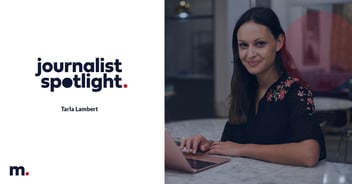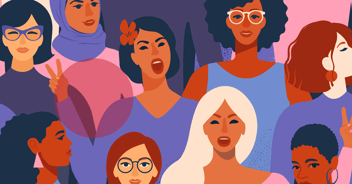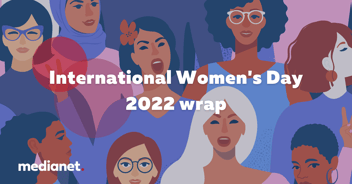Women in media: who gets the byline?
Recent research commissioned by the Women’s Leadership Institute Australia looked at the representation of women across 15 of our major news outlets. The report sparked quite the conversation on social media with many views put forward both supporting the report and challenging the findings.
The report found that 48% of the news outlets achieved gender parity in their representation of male and female journalists. At face value it appears that the industry is heading in the right direction, but delving deeper into the report shows us that the reality of gender equality in the media is far more complicated than we may think.
“Women write about royals and men write about political leaders”
Yes, women make up almost 50% of journalists overall, but when the researchers looked at what women were actually writing about the results weren’t quite so respectable. Interestingly, these results are mirrored in Australia’s leading database of media contacts, Medianet, which also records 50% female representation. Women were found to being writing stories on celebrities and royals, while men were covering politics, finance and sport. Stories about politics, business and crime were deemed to be the most important, making up the largest share of voice in our news outlets. The study found that women’s voices were largely missing from these topics, with almost two thirds of these stories written by men.
“…while women were trusted to report the information they were not trusted to interpret it”
When the researchers looked further into who was writing what the situation became even bleaker. Opinion pieces penned on these topics were primarily written by men, with women barely getting a look in. Whilst female journalists wrote 39% of news stories on government and politics they authored just 16% of opinion pieces on the same topics. Similarly, 40% of business and finance stories were penned by women, but they were credited with the bylines for just 10% of opinion pieces on these issues. Two of our major national publications, the AFR and The Australian, were the worst performers when it came to women in bylines on opinion pieces.
“If photographs of Meghan Markle and female crime victims were omitted from the data set, the representation of female subjects would have been even lower”
Just when you thought things couldn’t get worse, they do. When the researchers examined the gender of photo subjects women continued to be missing in action. The results showed that males were the subjects of 64% of photographs across the dataset, with the 36% that featured women primarily consisting of female celebrities or crime victims. Interestingly, even in the case of science-focused stories that had 59% of female photo subjects, the report still notes that a substantial proportion of these photographs were of “bikini-clad young women accompanying weather-related stories”.
It’s not all bad news, but it isn’t great either. While female journalists are clearly strong in number overall, they’re not being afforded the same voice as their male counterparts in our media landscape. The media is not the only industry with this gender imbalance, but it does have a crucial role to play in correcting this imbalance given its visibility and role in society. As the report says: “you can’t be what you can’t see”.
Not everyone has been happy with the results found in this report and have argued that the dataset is flawed. Sure, this research was based on a snapshot in time, and the researchers were upfront about this. But the results are based on targeted and rigorous analysis. Rather than arguing the detail, let’s hope all news publishers take the findings seriously and take action to rectify the imbalance.




